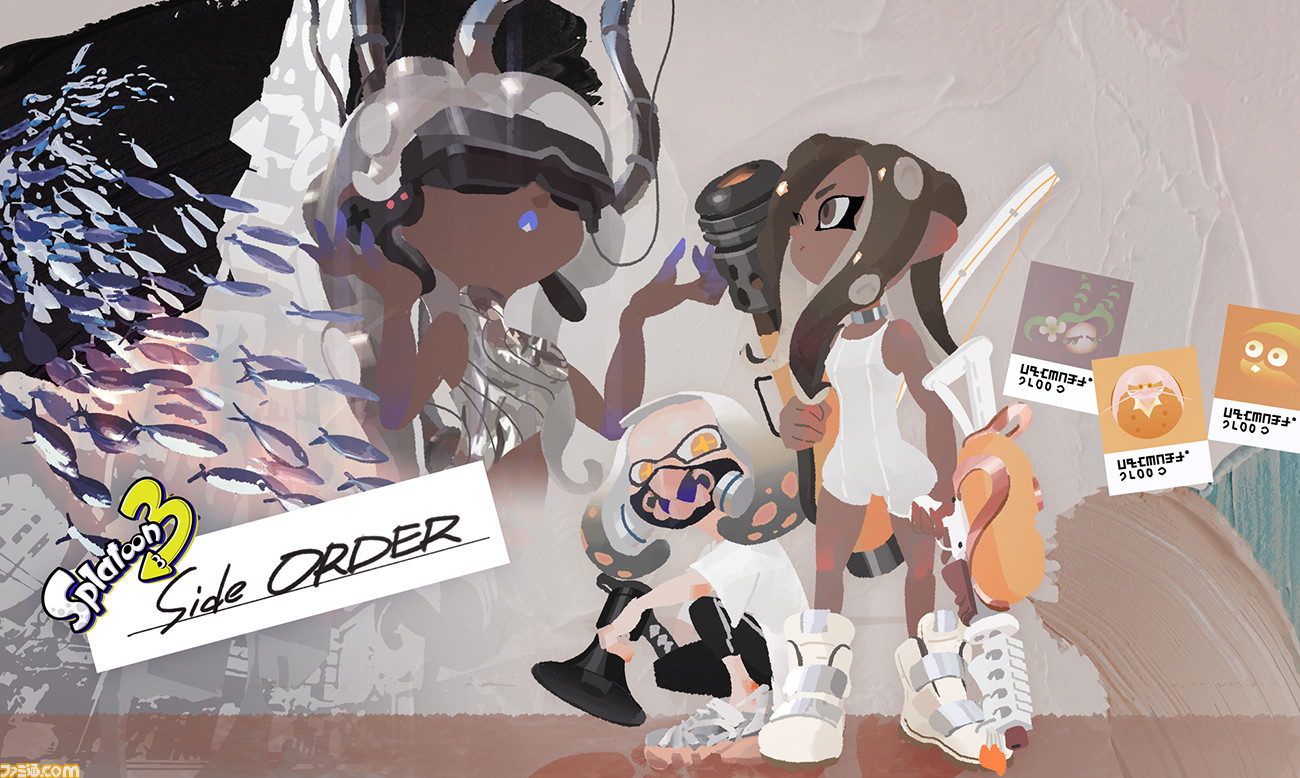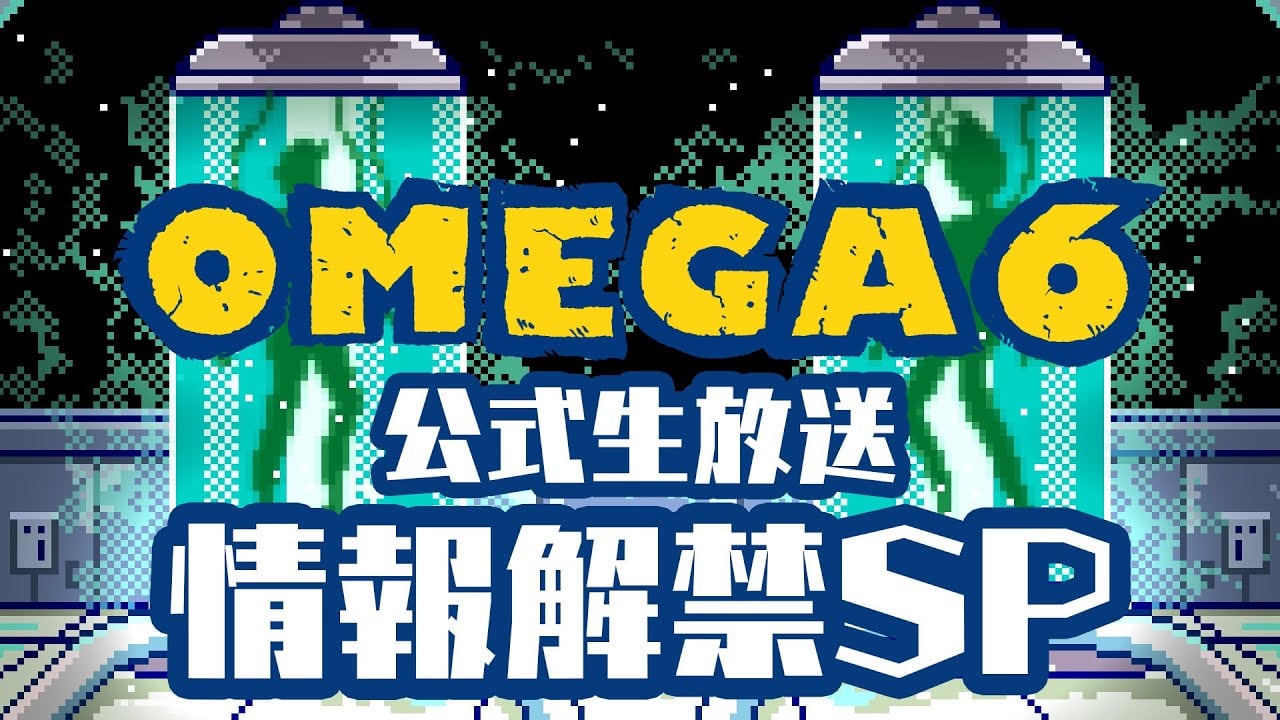- Pronouns
- He/Him
No. It's likely ModuleSystem is a combination of Lunchpack and KingSystem (the engine created for Breath of the Wild). Both engines were designed at EAD/EPD during Nintendo's first HD generation, so it makes sense they've amalgamated them. Lunchpack first appeared with Nintendo Land and a more developed version was used for most of EPD's Switch titles up until and including 2021 (bar ARMS, Mario Kart 8 DX, BotW, and 3D Mario), before ModuleSystem appeared in 2022 with Switch Sports and Splatoon 3 (and again last year for SMBW and TotK).Wasn't it actually said or at least speculated that ModuleSystem was a merger of LunchPack and ActionLibrary? Makes a fuckton of sense to me if so.
ActionLibrary was first used for Super Mario 3D Land on 3DS so predates both Lunchpack and KingSystem; it has roots right back through the Mario Galaxy games on Wii to GameCube titles like DK Jungle Beat and originally Super Mario Sunshine. It's most recently been used for Bowser's Fury and F ZERO 99, so we don't yet know if it'll be retired in favour of ModuleSystem (or combined with that) or if the latest version of ActionLibrary will be used for the next 3D Mario. NST might have used ActionLibrary for F ZERO 99 simply because it's an engine their staff are familiar with; we know NST can also now use ModuleSystem given that's what Mario vs DK was made with.







